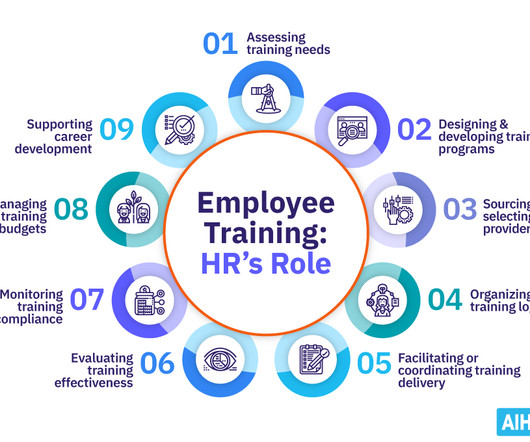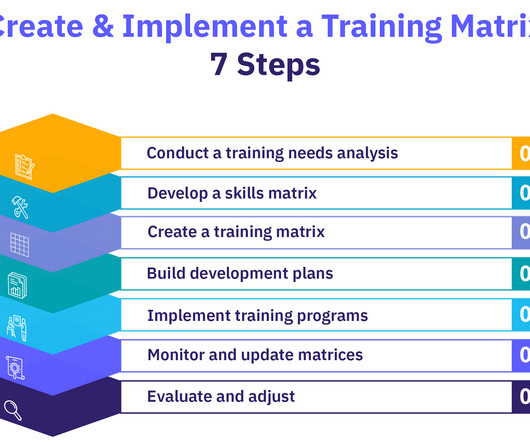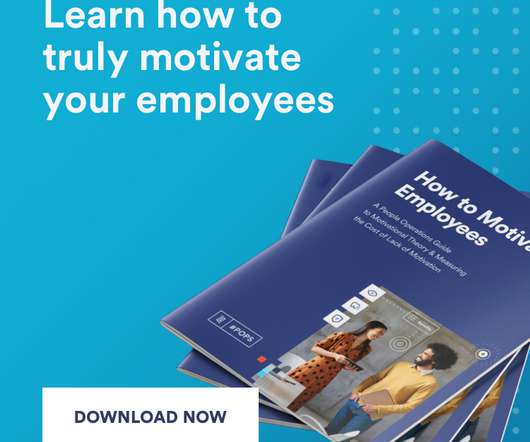Creating a Culture of Opportunity: Developing and Nurturing Internal Talent
EmployeeConnect
APRIL 3, 2023
This information can be used to create development plans that align with the employee’s career aspirations. Succession Planning: Understanding employee aspirations and career goals can help identify potential successors for key organisational roles. These positions should be a priority for succession planning.























Let's personalize your content